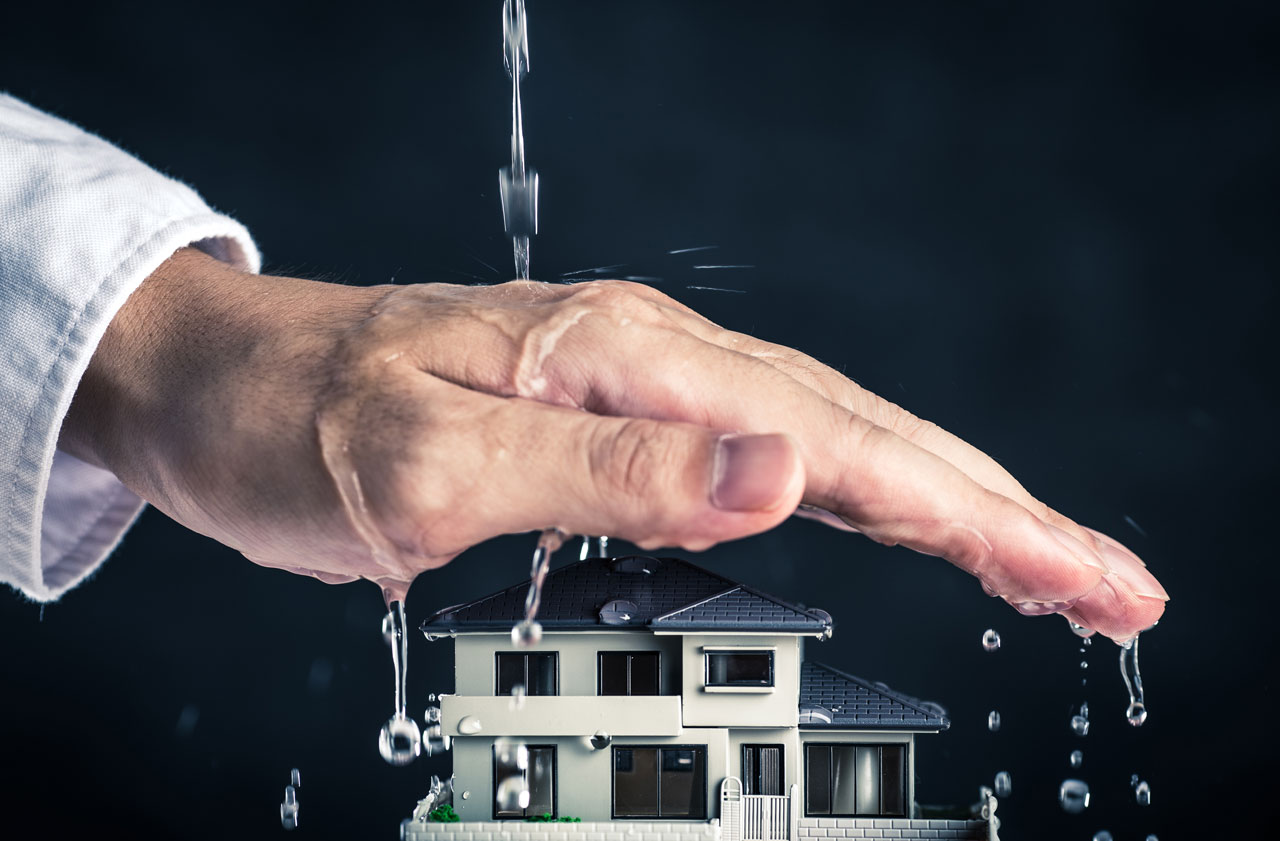7 things to know about waterproofing your home
Waterproofing is a critical step in ensuring the longevity and structural integrity of your home. Using specialised cement and other materials for waterproofing can effectively protect your home from water damage, such as ingress, seepage, and mould formation. Also, a well-waterproofed home is healthier for its occupants, as it prevents issues like dampness and mould, which can affect indoor air quality.
- Identifying vulnerable areas for waterproofing:
To begin the waterproofing process, it’s essential to identify areas in your home most susceptible to water leakage or seepage. These typically include basements, bathrooms, roofs, balconies, and foundations. Regular inspections of these areas are crucial to identify early signs of water damage, like cracks or discolouration.
- Choosing the right waterproofing technique:
Different parts of your home will require different waterproofing techniques. For instance, water-repellent cements are highly effective in constructing and protecting foundations or basements. Understanding which method is best for each area of your home ensures comprehensive protection against water-related issues.
- Professional assessment and installation:
If you’re unsure about the right waterproofing approach, seeking professional assistance is advisable. Experienced contractors can provide a thorough assessment of your home’s waterproofing needs, recommend suitable solutions, and ensure proper application for lasting protection.
- Importance of ventilation and drainage:
Effective waterproofing also involves ensuring good ventilation and adequate drainage. Proper ventilation helps reduce humidity and moisture buildup, while effective drainage systems prevent water accumulation around your home, particularly near the foundation.
- Comprehensive approach to waterproofing:
While waterproofing bathrooms and roofs are significant, it’s crucial to adopt a comprehensive approach that includes basements, foundations, and external walls. Each area requires specific waterproofing strategies for optimal protection.
- Ideal timing for waterproofing:
For external waterproofing, such as roofs, the best time is during drier seasons like summer, which allows for optimal drying and curing. For indoor areas like bathrooms, consider the local climate and indoor humidity levels, as these can affect the effectiveness of waterproofing applications.
- Incorporating waterproofing into construction phases:
Waterproofing should be integrated into various stages of the construction process. For example, foundation waterproofing needs to be done during the foundational phase, not after the majority of the construction is completed.
Looking for a water-repellent cement?
Explore Concreto Uno from Nuvoco when waterproofing your home. Advanced technology is used to manufacture the cement, ensuring long-lasting protection against water ingress, efflorescence and dampness. The cement not only improves the durability of the construction but also prevents the dispersal of waterborne environmental pollutants. Due to the enhanced protection against dampness, the cement also ensures that your home’s paint coating is maintained for longer.
To know more about the waterproofing process during home construction, you can also refer to our detailed waterproofing stage breakdown. You can find helpful tips and the necessary information to ensure effective waterproofing in your home.






